Bibbona's Etruscan bronzes return home
Bibbona’s Etruscan bronzes are coming home: in fact, the Centro Espositivo del Comune Vecchio in Bibbona (Livorno) is hosting the exhibition Bronzi Etruschi, la stirpe arcaica di Bibbona, curated by Fabrizio Burchianti, which offers visitors a chance to see nine Etruscan human-figure bronzes, as well as the most famous “Capro di Bibbona.” the small bronzes come from an ancient votive deposit that was located in Bibbona itself and are now instead kept at the National Archaeological Museum in Florence, which loaned them for the exhibition.
The exhibition follows the success of last year’s one on the Maremma landscapes of the Macchiaioli, organized as part of the Uffizi Diffusi project, also in the Old Town of Bibbona, and can be visited, with free admission, from August 24 to November 10, 2024, 6-10 p.m., daily.
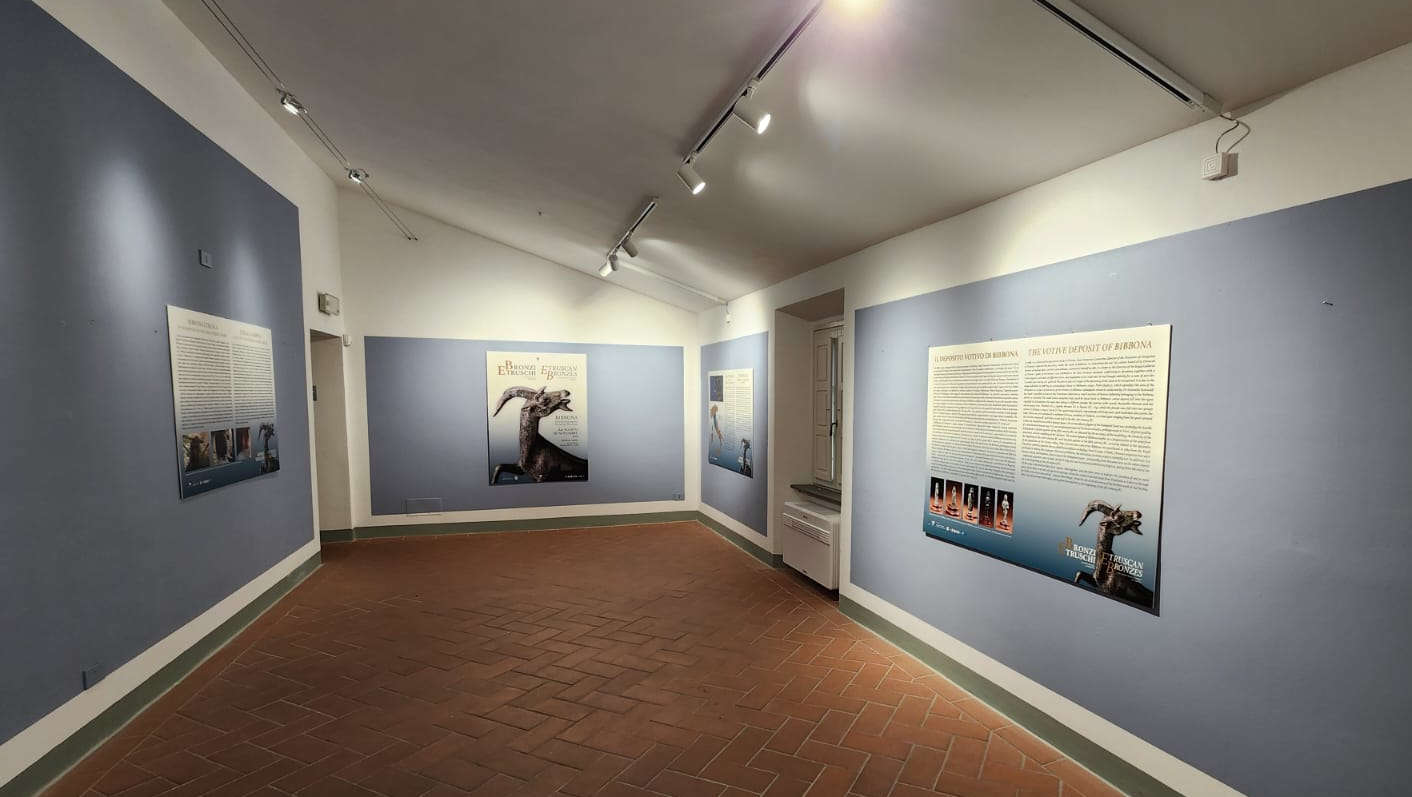
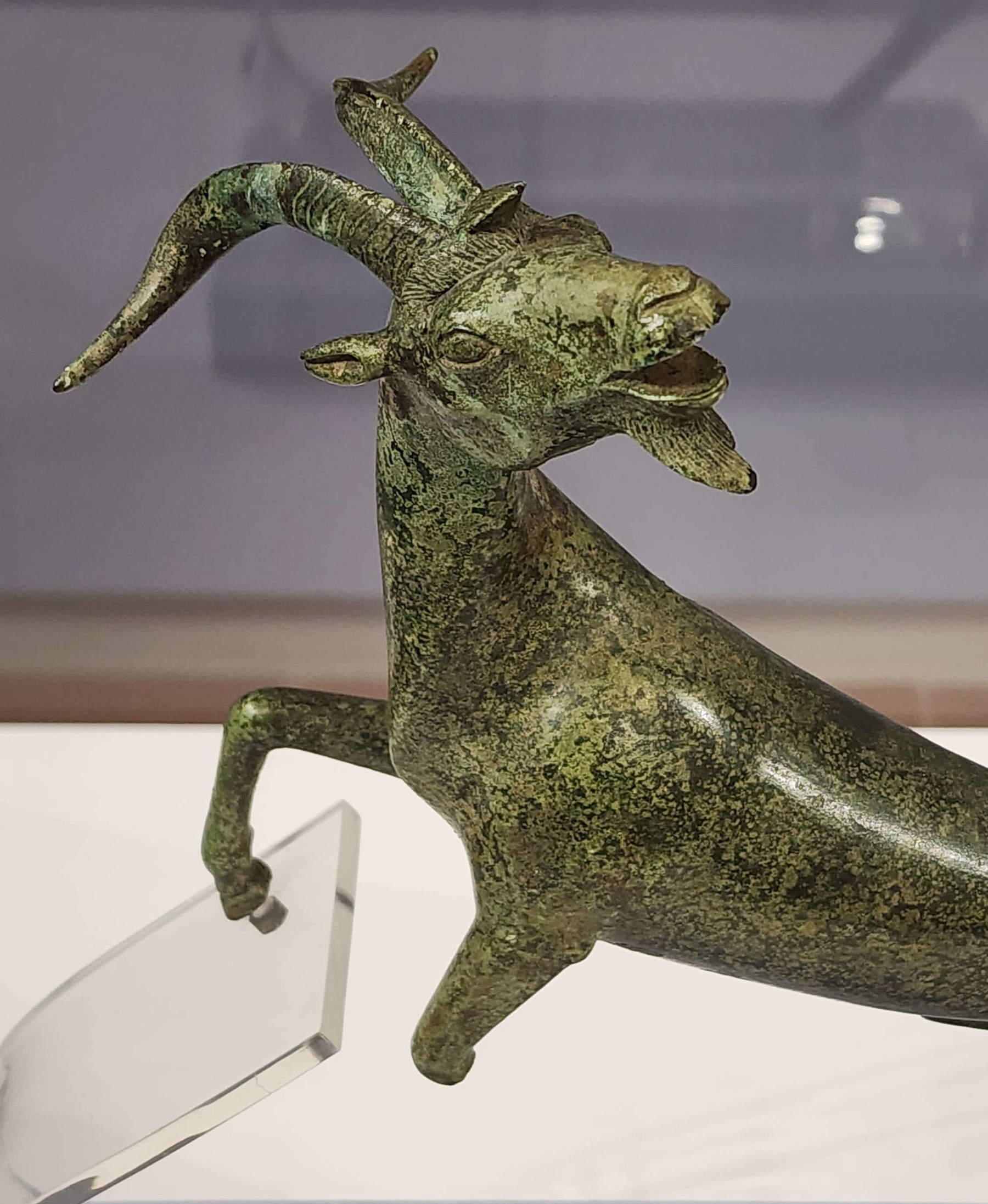
The Etruscan Bibbona
In ancient times, Bibbona was a small town that was part of the district related to the city of Volterra, ancient Velathri (the historically most important centers of Etruria were Veio, Caere, Tarquinia, Vulci, Roselle, Vetulonia, Populonia, Volterra, Volsinii, Chiusi, Perugia, Cortona, Arezzo, and Fiesole). Defended by mighty cyclopean walls since the 6th century B.C., Volterra controlled a very large territory, including Valdelsa, Valdera, and all of Valdicecina. The countryside of present-day Bibbona shows extremely ancient frequentation: traces of human presence have been known since the Lower Paleolithic in the hills surrounding the town. A green flint dagger and a bronze axe date from the Copper Age and Bronze Age, respectively, while the oldest Etruscan presences are evidenced by a series of bronze axes attributed to the Villanovan period. However, it will be with the Orientalizing and Archaic ages (between the late 8th and 6th centuries B.C.) that the hills of the Lower Valdicecina will be capillarily occupied and frequented by aristocratic groups, probably derived from the center of Volterra. In this period, the site of Casalvecchio, with the related necropolis of Casa Nocera, just near Bibbona, is certainly one of the most prominent centers. With them, the monumental tumulus tombs of Poggiarella, Crocino, Poggetto and Aia Vecchia well represent the power of Etruscan elites open to cultural influences and trade relations with centers of Etruscan-Southern and Greek-Eastern artistic production. Also dating to the same period is the tomb found in 2018 in the historic center of Bibbona, recently opened to the public by the city’s municipal administration, and also open to visitors free of charge.
In the Hellenistic age, between the 4th and 1st centuries B.C., Bibbona followed 2 the fate of the reference center of Volterra and saw a demographic expansion that can be read in the dozens of chamber and niche tombs excavated in the rock around the current settlement, in the ridge of Via della Camminata and in the Palazzino relief. The numerous presence of these burial structures is the best evidence of the role assumed by Bibbona as an outpost of Volterra towards the coastal route.
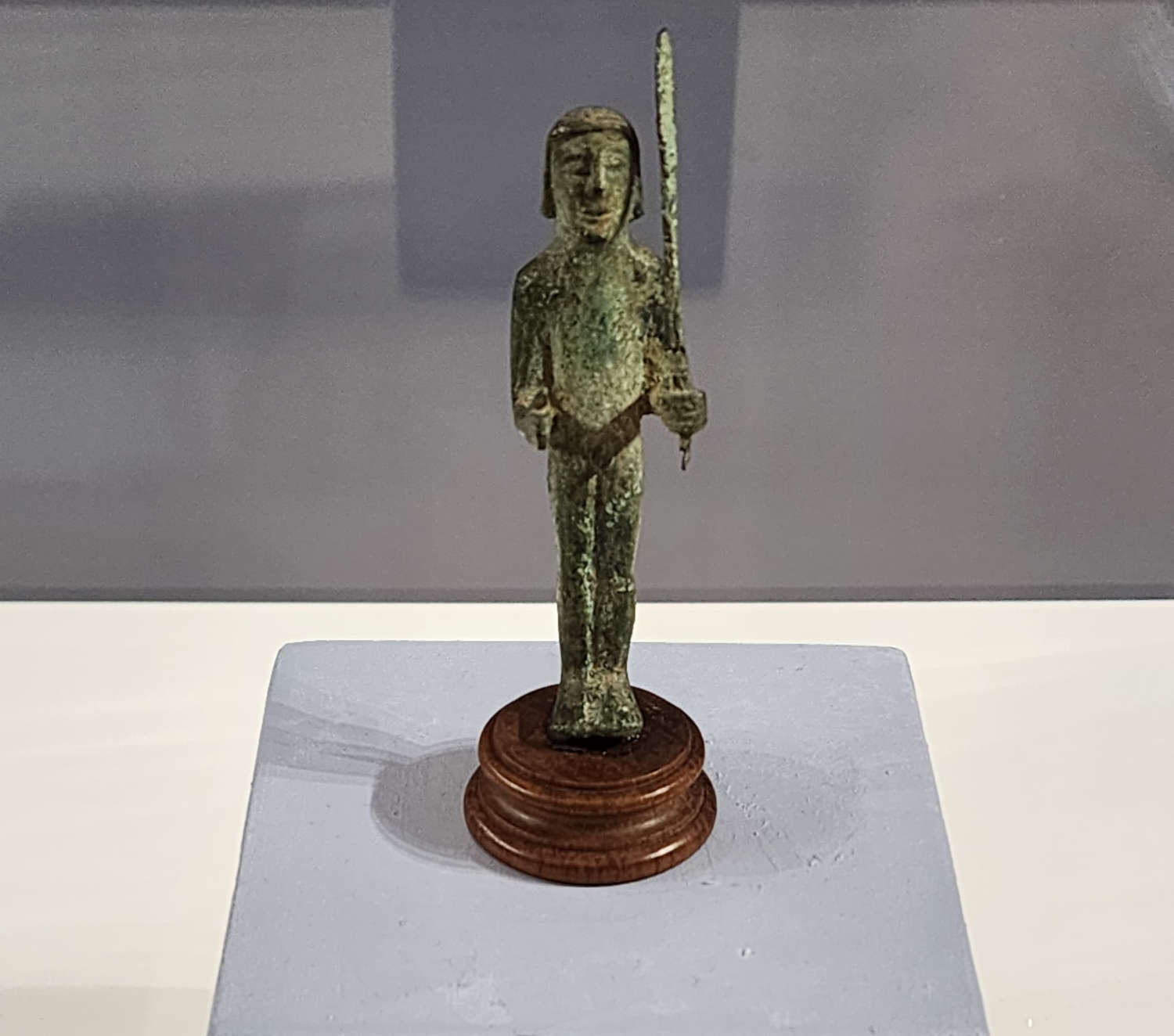
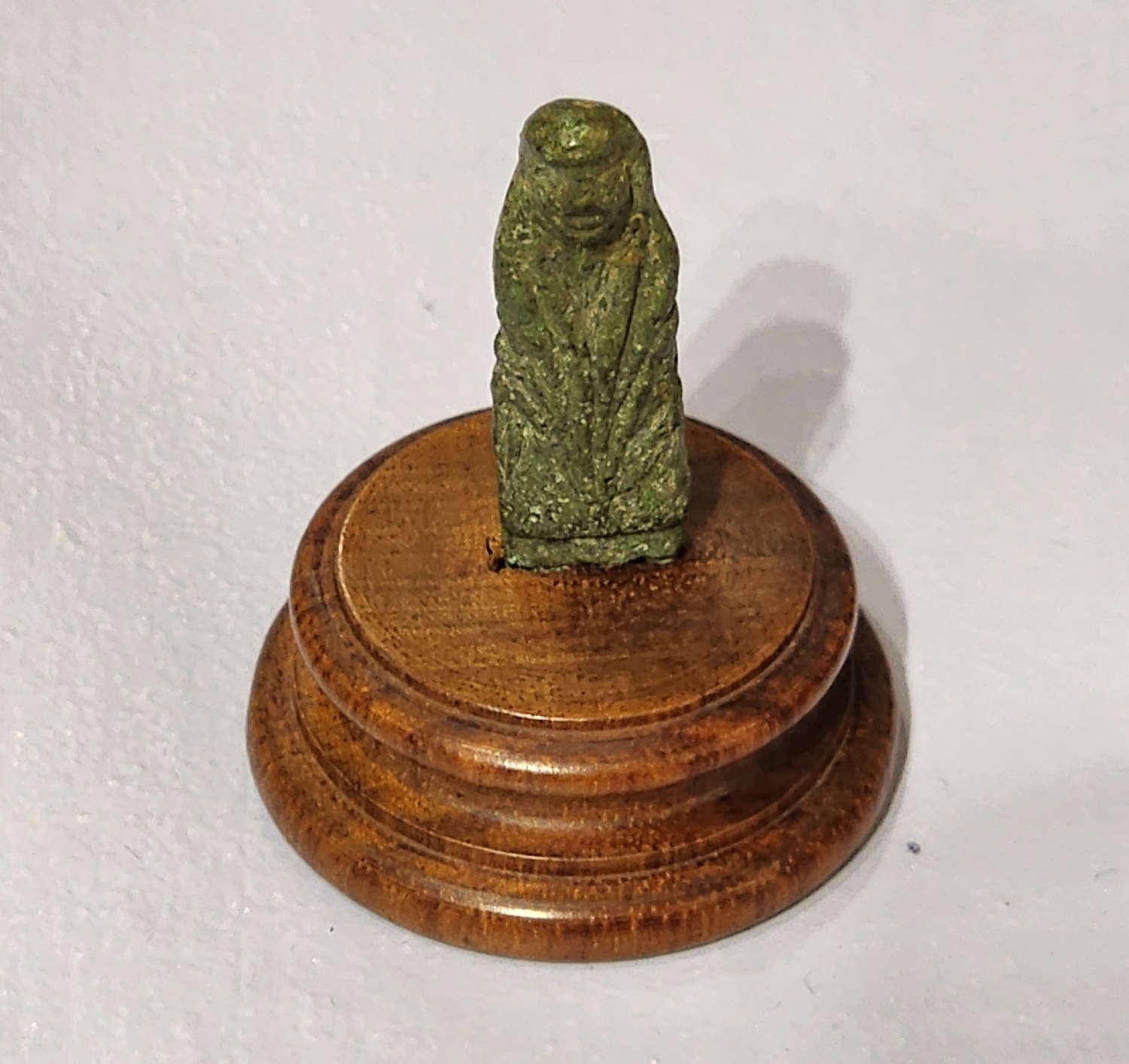
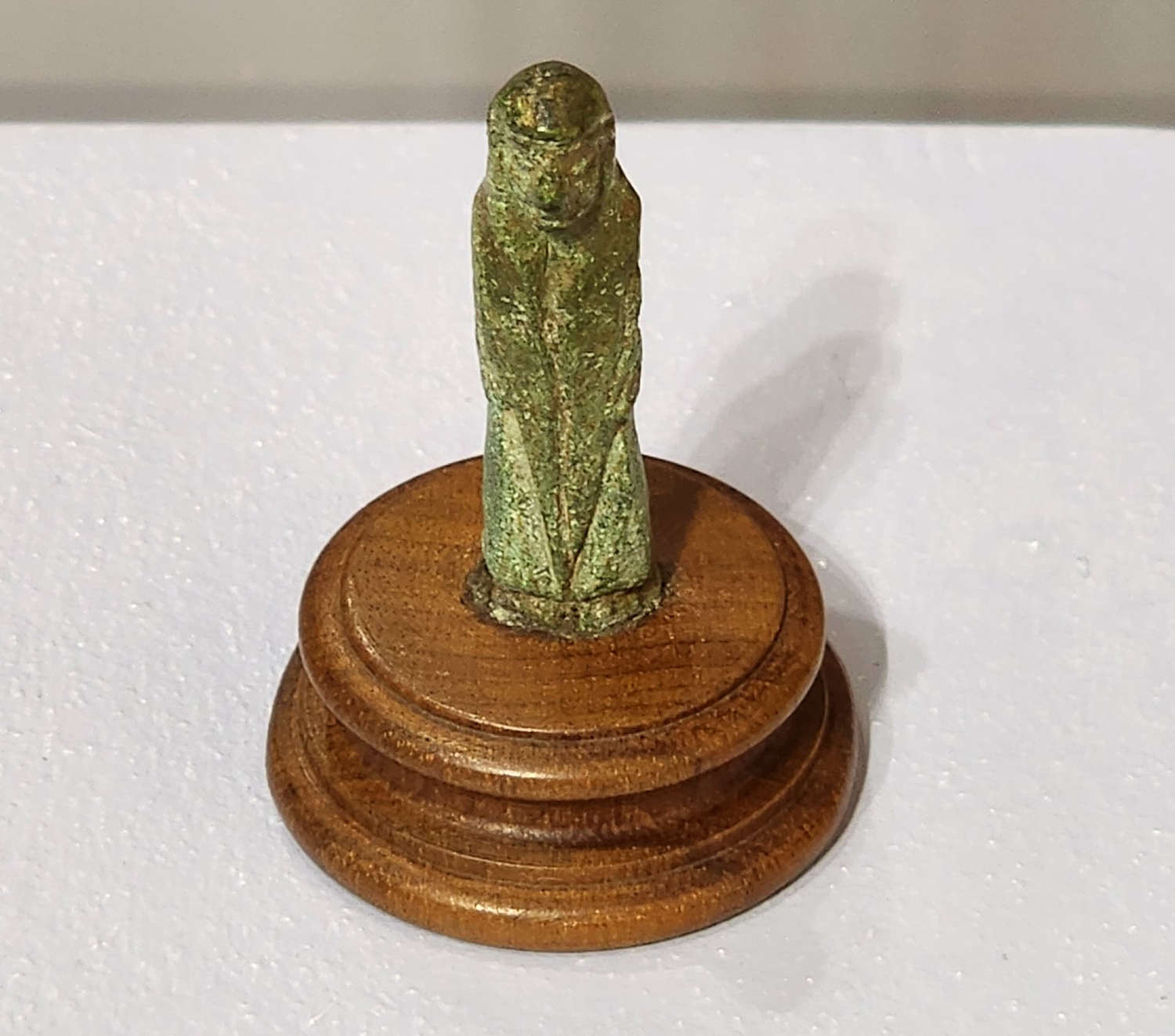
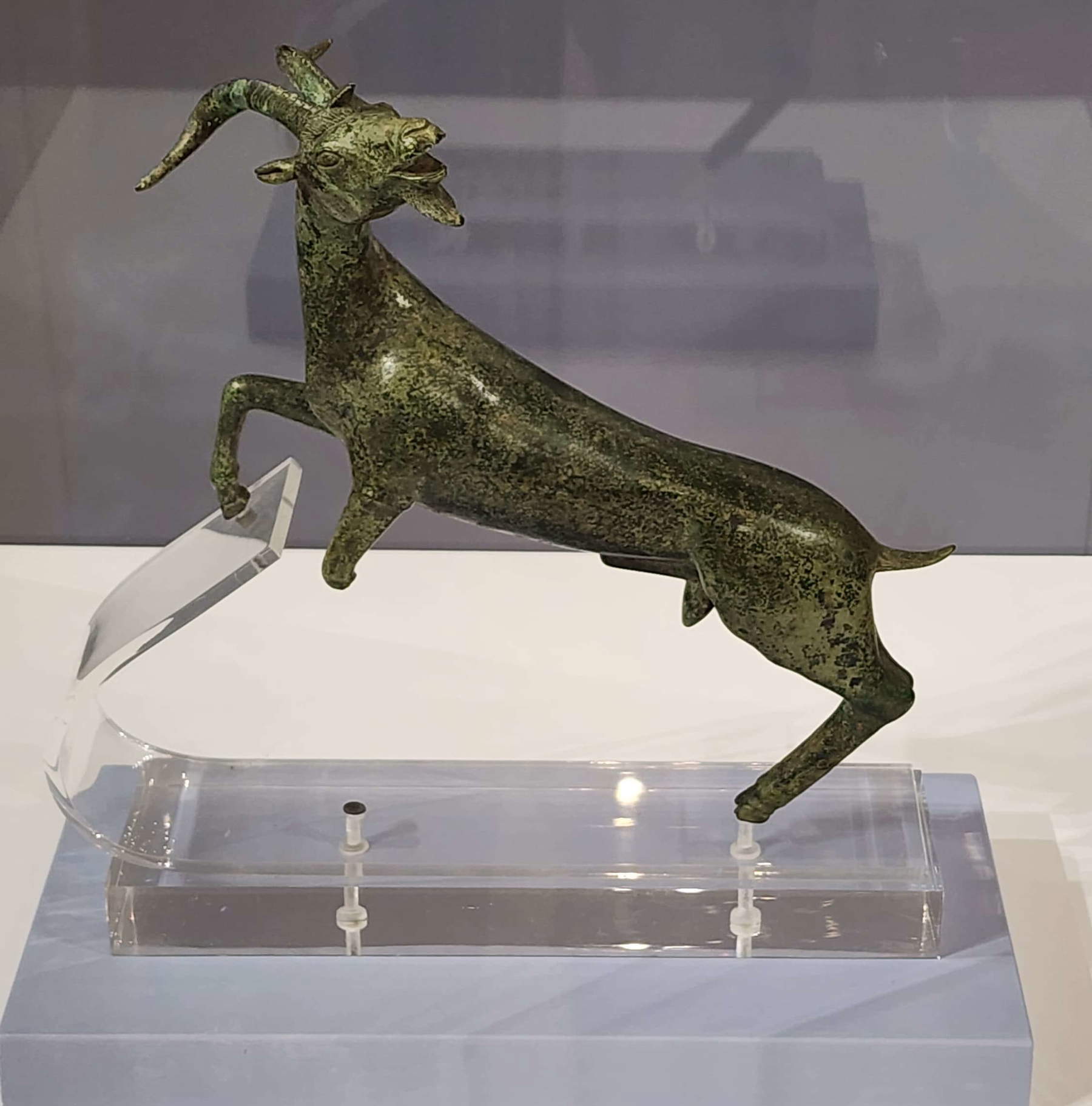
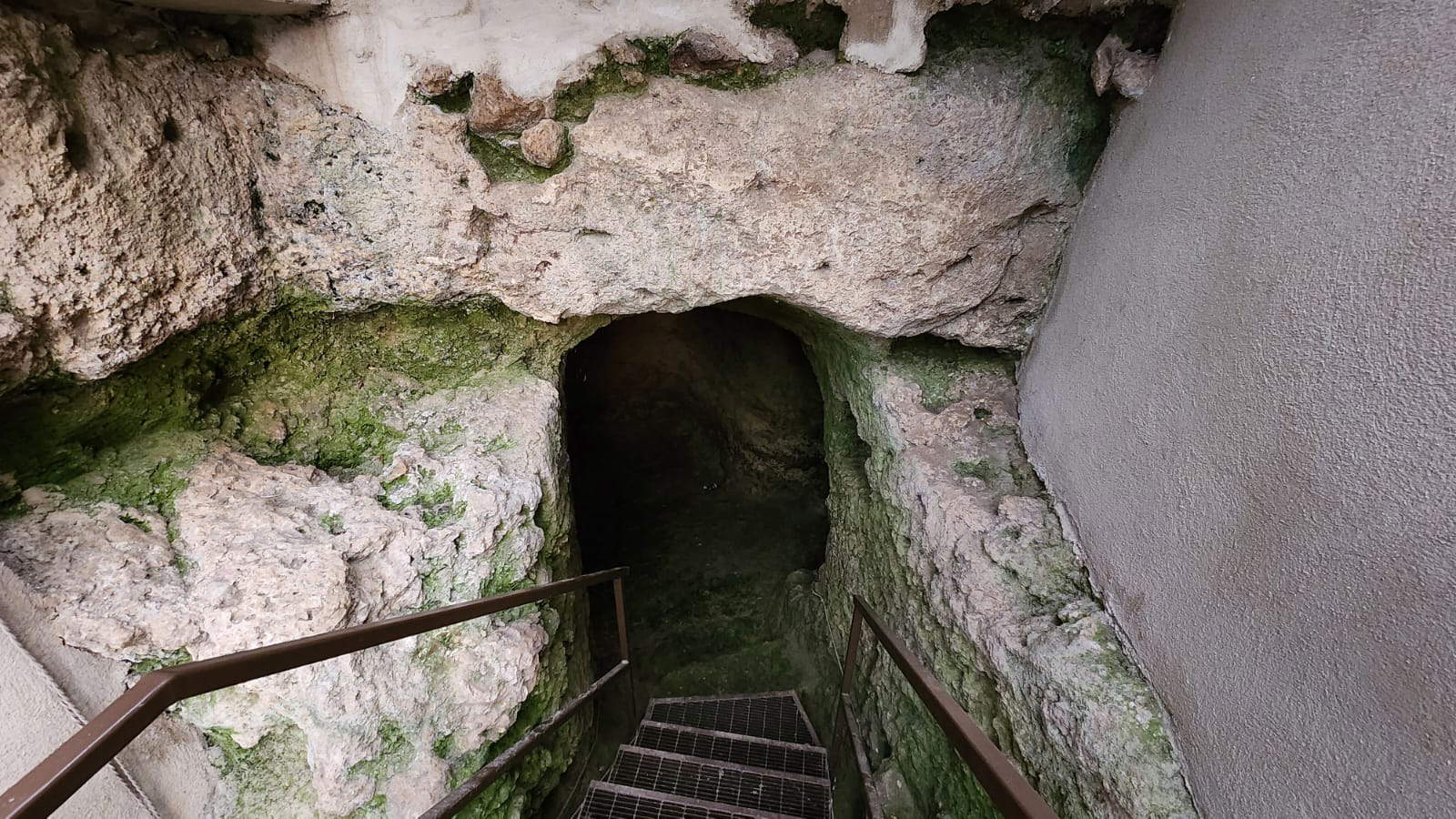
The small bronzes of Bibbona
In 1868, in a review of discoveries that had taken place in Etruria, Gian Francesco Gamurrini, director of the Museums of Antiquities in Florence, gave news of the discovery “under the castle of Bibbona, miles from the sea” of a votive deposit of 52 Etruscan bronzes including idols, warriors and animals. Gamurrini himself, in 1871, in a letter to the Director of the Royal Galleries of Florence, spoke of the bronze Goat exhibited in the new Etruscan museum, confirming its discovery together with a votive stipe with idols of different shapes and fragments of aes rude (pieces of bronze in irregular shape that had the function of a coin), which he had arranged to purchase entirely for a sum of 300 lire. It would be necessary to wait exactly one hundred years for the precise place of origin of the discovery of the Capro to be recognized: in fact, it is due to the study published in 1968 by a talented scholar of Bibbonese origin, Pietro Rapezzi, that the area of the Melagrani was identified as the place where the Bibbona bronzes were found.
Subsequent research conducted by Dr. Antonella Romualdi made it possible to trace in the Florentine collections a small nucleus of small bronzes certainly belonging to the Bibbona stipe composed of 9 statuettes. The small votive statuettes that could be traced to the Bibbona votive deposit fall within the types classified by scholar Emeline Richardson in her work on Etruscan votive bronzes: among the male ones several groups appear including, the sword-wielding warrior, the pole-thrower and the naked youth (Warrior I, 4; Javelin thrower II, 6; Kouros III, I A4), while the female ones fall into two groups (Series E Civilians-Group 1; Series D The square head shawl), represented with long tunic and cloak that also covers the head. These are series produced in northern Etruria, probably in Volterra, over a period of time ranging from the years on the cusp of the 7th century B.C.E. to the second half of the 6th-5th century B.C.E.
Unlike the human-figure bronzes, the extraordinary Rampant Goat figure was probably meant to form the handle of a monumental bronze vase. It is an exceptional product of Etruscan toreutics, possibly Vulcan, of great quality, datable to the first quarter of the fifth century B.C., as indicated by the accuracy of the modeling, the vividness of the movement, and the modeling of the volumes.
II votive deposit from Bibbona testifies to a frequentation of the area from the beginning of the 6th century B.C. to the first quarter of the 5th century B.C. certainly to be related to the dynamics of the peopling of the Cecina valley. Other small bronzes also come from Bibbona: one purchased in 1789 from the Royal Florentine Galleries, found in the field known as Campo della Pucina, which is present in the exhibition. From the Campo i Debbi locality come seven small bronzes that were purchased in 1858 from the Guarnacci Museum in Volterra, the indication of the provenance of which is currently lost. In addition, there is information, only by oral tradition, that in 1933 on the Melagrani farm (presumably from the same area as the votive deposit) several small statues were unearthed, only one of which has been traced and published by Rapezzi, datable to the late 6th-early 5th century BCE. All the areas indicated for these finds appear close together, therefore, seem to indicate the presence of one or more places of worship, in an area of significant passage, along the coastal roadway leading from Populonia towards Volterra through the Valdicecina, in an area not far from, among other things, the site of the discovery of the tholos tomb of the Aia Vecchia, discovered in the 1980s, datable between the mid- 6th and early 5th centuries BCE.
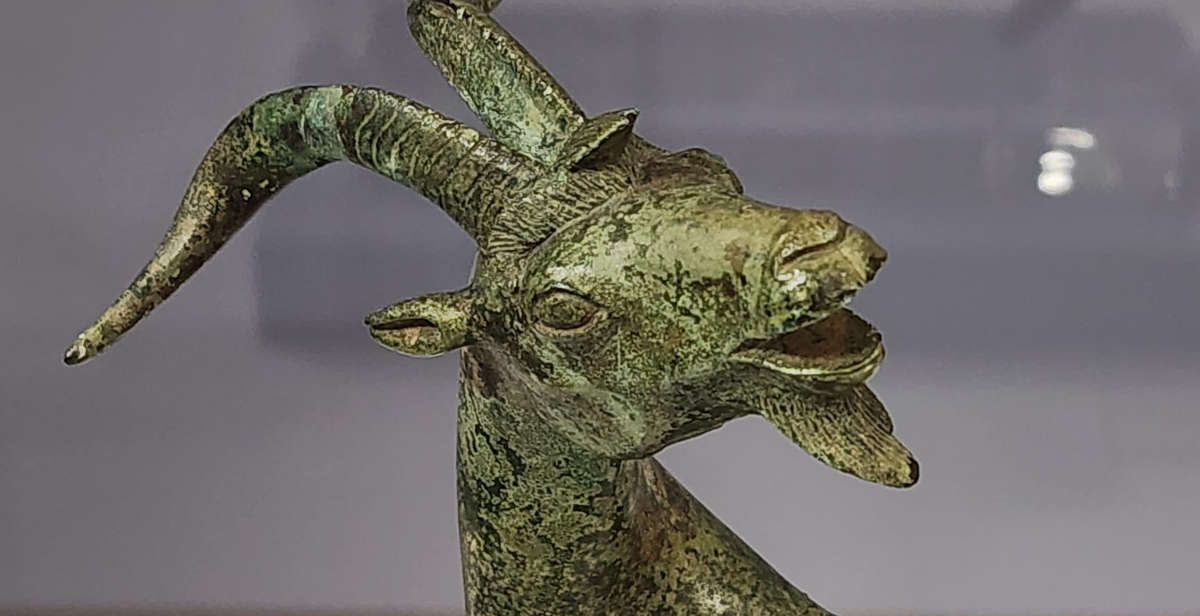 |
| Bibbona's Etruscan bronzes return home |
Warning: the translation into English of the original Italian article was created using automatic tools. We undertake to review all articles, but we do not guarantee the total absence of inaccuracies in the translation due to the program. You can find the original by clicking on the ITA button. If you find any mistake,please contact us.





























